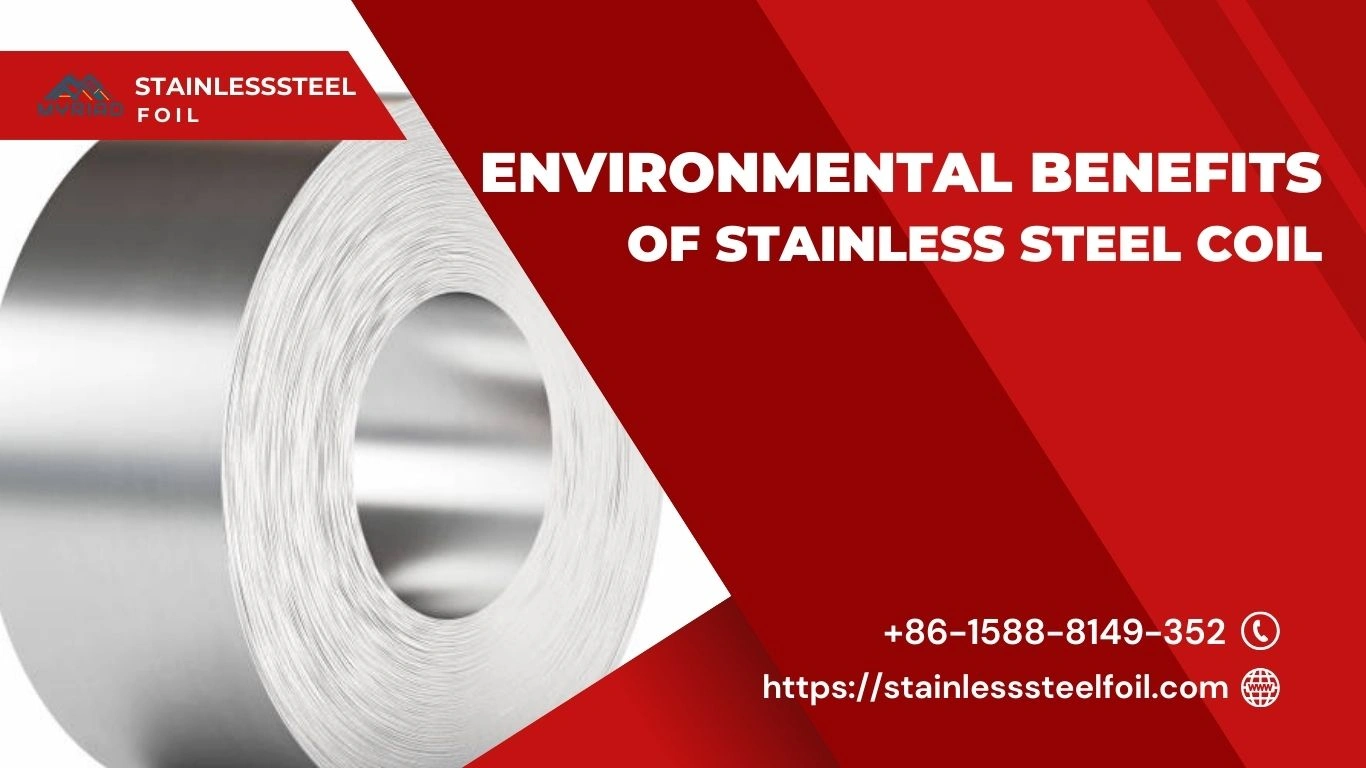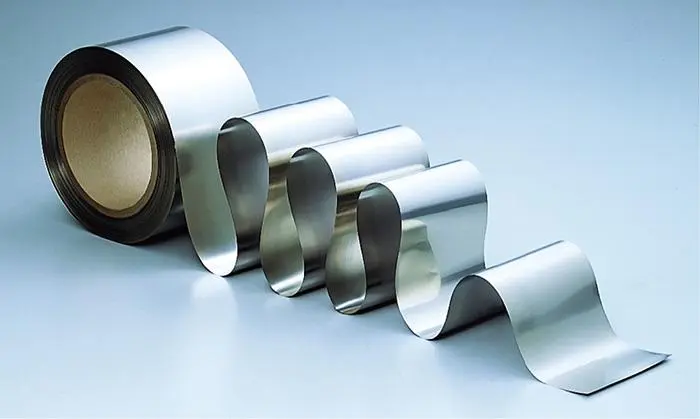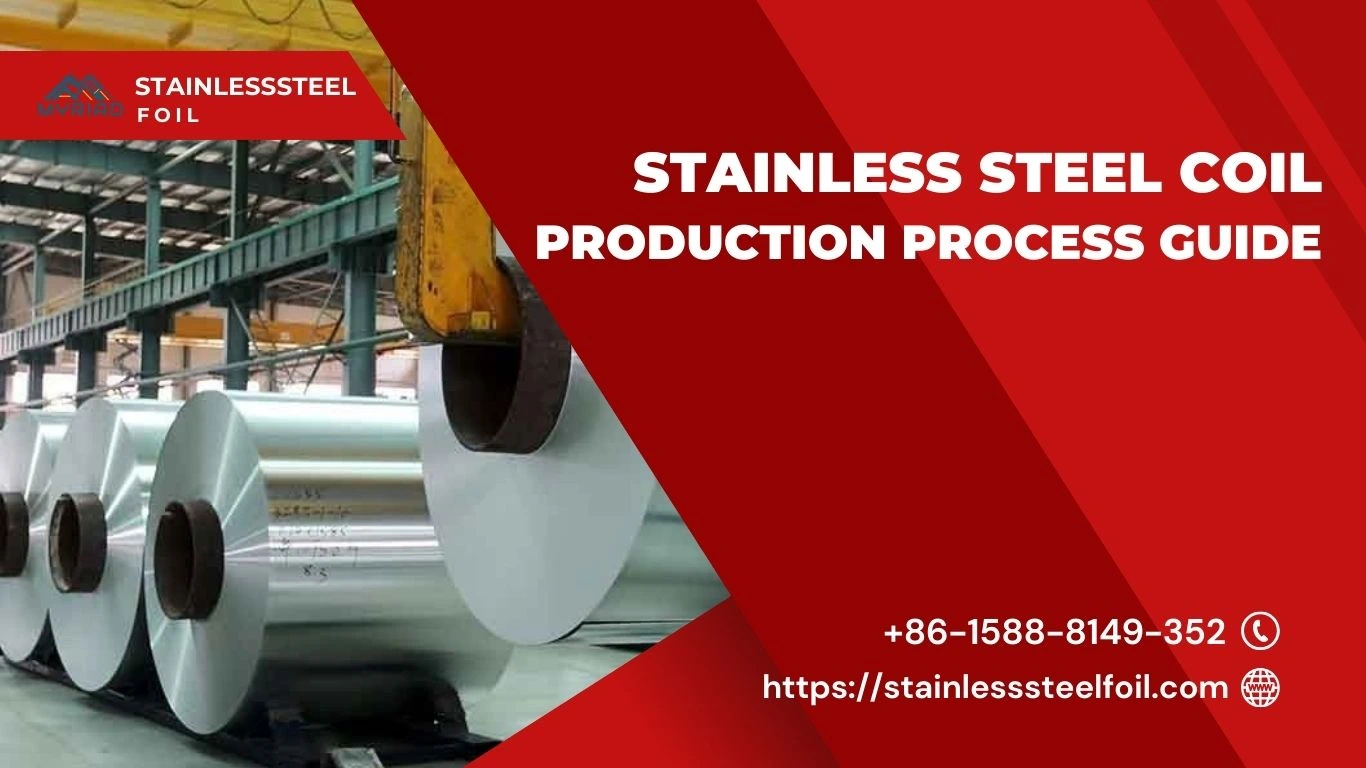
Environmental Benefits of Stainless Steel Coil
Stainless steel coil is widely used in construction, automotive manufacturing, food processing, medical equipment, energy systems, and sustainable architecture. Its

Will aluminum foil scratch stainless steel? This question, revolving around the core issues of material interaction, has both intrigued and perplexed many. From household cleaning techniques to food industry practices, the relationship between aluminum foil and stainless steel is multifaceted. In this comprehensive exploration, we’ll delve into five key perspectives that illuminate this topic, ranging from the potential use of aluminum foil as a gentle abrasive to the risks of micro-abrasions, the role of aluminum oxide, considerations for stainless steel appliances, and insights from the food industry. Join us as we unravel the intricacies of these common materials, offering practical guidance for those seeking to understand how to treat stainless steel with care.
Aluminum foil can work as a gentle abrasive on stainless steel. Unlike rougher materials like steel wool or sandpaper, it’s much softer.
Firstly, aluminum foil is softer than stainless steel. The Mohs scale, which rates hardness, places aluminum at 2.75 and stainless steel between 5.5 and 6.5. This means stainless steel is harder, hence resistant to scratches from aluminum.
To use it safely, crumple the aluminum foil into a loose ball. Next, gently rub it on the stainless steel surface. Avoid using excessive force to prevent unwanted effects.
Here’s a quick comparison table showing how aluminum foil stacks up against other common abrasives:
| Material | Mohs Hardness |
|---|---|
| Aluminum Foil | 2.75 |
| Steel Wool | 4-4.5 |
| Sandpaper (Corundum) | 9 |
Remember, regular cleaning and maintenance of stainless steel items can prevent the need for abrasive materials.
Despite its softness, aluminum foil may still cause micro-abrasions on stainless steel.
Micro-abrasions are tiny, often invisible scratches. Over time, these can dull the finish of stainless steel.
Under high pressure, aluminum foil might scratch the steel. This is due to the relative hardness difference being low.
If you want to avoid even the risk of micro-abrasions, stick with soft cloths and gentle cleaners for your stainless steel.
Always rub in the direction of the stainless steel grain. This can help minimize the appearance of any possible scratches.
Aluminum foil can form a layer of aluminum oxide, which might have an abrasive effect on stainless steel.
Aluminum foil can oxidize, forming aluminum oxide. This oxide layer is harder than pure aluminum, reaching up to 9 on the Mohs scale.
If aluminum foil is left on stainless steel for a long time, it can cause oxidation and potentially scratch the steel.
However, short contact times between foil and stainless steel generally pose no threat.
Remember to keep stainless steel dry and remove any aluminum foil promptly to avoid the risk of oxidation.
Aluminum foil should be avoided on stainless steel appliances due to the risks of scratches and damage.
Appliances often have special finishes. Using aluminum foil on these may lead to noticeable scratches.
In some cases, using aluminum foil can void appliance warranties. It’s always best to follow manufacturer guidelines for cleaning and care.
For stainless steel appliances, specialized cleaners are recommended. These can effectively clean without causing damage.
Always refer to your manufacturer’s guide for cleaning and care instructions. This can help maintain the appearance and functionality of your appliances.
In the food industry, aluminum foil often comes into contact with stainless steel with no issue.
Aluminum foil is often used in baking and cooking. Stainless steel pans and utensils might come into contact with foil regularly.
Food industry standards ensure that materials used are safe and non-damaging. This includes the interaction between aluminum foil and stainless steel.
While some laboratory tests might show potential for scratching, real-world experiences in the food industry generally show no issues.
Therefore, short-term, light contact between aluminum foil and stainless steel is generally considered safe.
In conclusion, the question “Will aluminum foil scratch stainless steel?” is complex. The answer largely depends on factors such as pressure applied, duration of contact, and the specific usage scenario. As always, when in doubt, it’s best to use gentle cleaning methods and follow manufacturer instructions for care and maintenance.

Stainless steel coil is widely used in construction, automotive manufacturing, food processing, medical equipment, energy systems, and sustainable architecture. Its

Stainless steel coils are the backbone of countless modern industries. From architecture and automotive manufacturing to medical equipment and energy